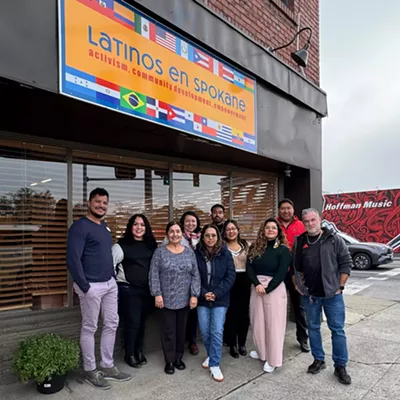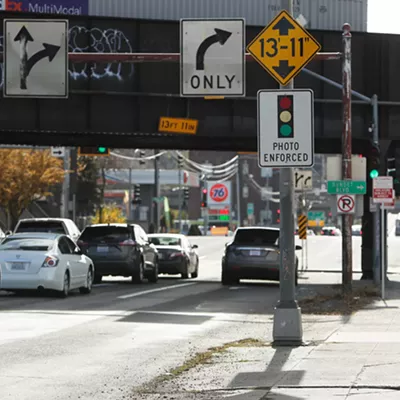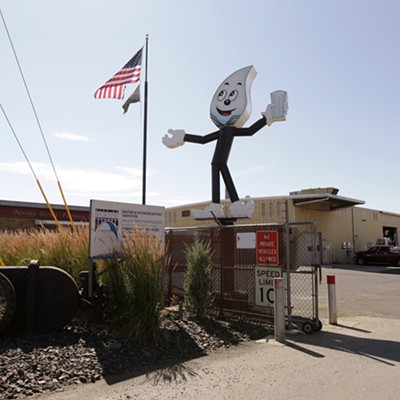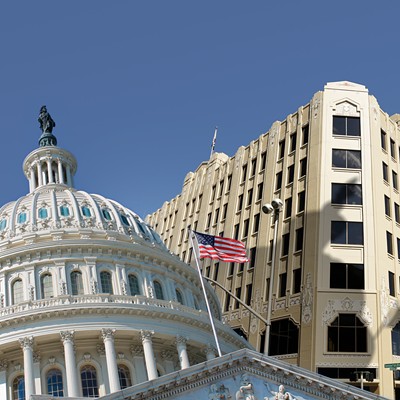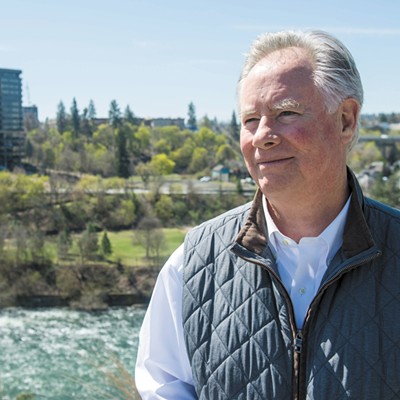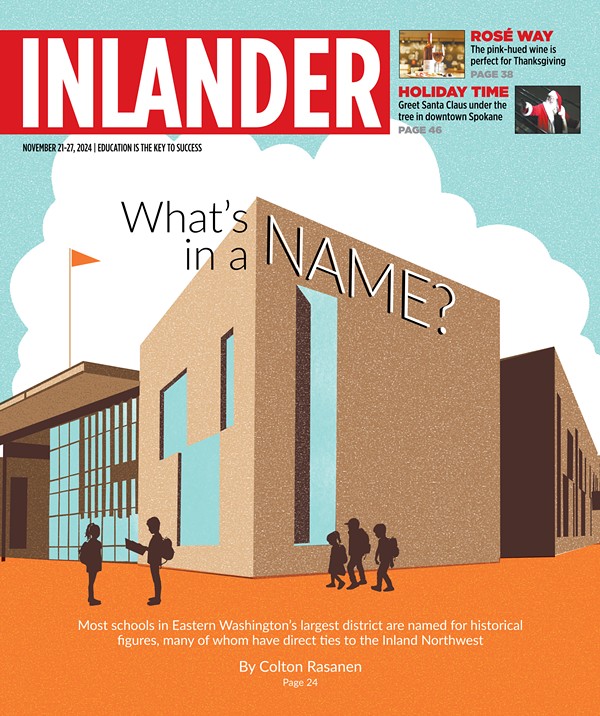When Idaho Schools Superintendent Tom Luna talks about the “Students Come First” educational reform he passed last year, he talks about Wisconsin and Chicago.
Suddenly, educational reform and union battles are making headlines. The Wisconsin governor’s attempt to constrain teachers’ union rights led to protests and a recall attempt, while reforms (and requests for higher pay) shut down Chicago schools last week in a teachers strike.
Last year, Luna pushed for three different controversial bills: the first constrains union bargaining and teacher tenure, the second gives teachers extra pay for better performance and the third gives districts one laptop per student. All three bills passed. But Luna’s critics, pointing to the reform package’s hefty $60 million cost, may have the last word. They’ve placed three referendums on the ballot. If voters reject them, Luna’s big reforms will be completely reversed.
“Disruptive change is not easy,” Luna says. “Look at any other form of disruptive change in our history.”
Proposition 1: Unions power
Luna’s reforms meant Idaho’s teachers unions lost lots of power. If voters reject Proposition 1, they’ll get it back.
Today, district-union negotiations no longer happen in secret. While unions still negotiate over salaries and benefits, they can’t negotiate over class schedules, student disciplinary policies, the length of the work day or even the quality of the food in the cafeteria.
The reform meant new Idaho teachers don’t have tenure. They’re given contracts only one or two years at a time and can no longer trust on their eventual seniority to protect their jobs. And since the law reworked teacher evaluations — including an element of parental input — districts have more evidence to spot teachers to protect or fire.
For Sonia Galaviz, a fifth-grade teacher in Boise, it’s a betrayal.
“When you take away the voices of teachers, it doesn’t create a better environment,” says Galaviz, formerly the vice president of the Nampa Education Association. “A lot is riding on the repeal of these laws.”
But to Luna it’s just a way of giving school boards more local control and the ability to weed out the bad teachers. Teachers can still argue for decent cafeteria food, for instance, they just have to do it at the school board meeting instead of the negotiating table.
The cost of Luna’s reforms: There’s no direct cost to changing bargaining rights or teacher evaluation. But to help fund the other pieces of his reform, the bill cuts $6.2 million by eliminating a teacher early-retirement program and changing a program that reduced the financial impact of sudden dips in district enrollment.
Proposition 2: Pay for Performance
If voters reject Proposition 2, they’ll reverse Luna’s plan to give teachers extra money for good work. Idaho teachers may get bonuses for mentoring other teachers, for example, or developing new curriculum or taking particularly hard-to-fill positions. More controversially, schools need to meet local district goals, and then either perform well or improve substantially on their standardized tests to get school-wide performance pay.
The cost of Luna’s reforms: The performance pay adds up to $38.8 million. That’s a large chunk of the $56.3 million dollars the Idaho Legislature handed over in additional funding. The Idaho Education Association likes the idea of extra pay for good performance, but they’re worried it’s taking away money that should be used for the teachers’ base salary.
Idaho, after all, has one of the lowest per-pupil funding rates in the country.
Proposition 3: Laptops Galore
The most visible change of Luna’s reforms is represented by Proposition 3: each district will be given one laptop for every student.
At least one school is used to it. Christian Housel, principal of Meridian Technical Charter near Boise, says students have had laptops since 1999. But even after 13 years, problems remain.
While students aren’t allowed to take their laptops home, occasionally they still access inappropriate sites during class. Network surveillance lets teachers view what their kids are browsing, but no administrator can monitor all 200 students.
“We’re talking about laptop, laptop, laptops,” Housel says. “It’s the No. 1 problem I deal with.”
Housel welcomes more technology in the classroom, but he’s concerned that what’s manageable in a small school may be unworkable when multiplied by tens of thousands of students statewide.
“In theory, from 30,000 feet, this sounds great,” Housel says. “But when you look at the details…. we don’t even know what we don’t know.” For now, the state hasn’t even yet signed a contract with a laptop manufacturer.
The cost of Luna’s reforms: The technology upgrades costs $13.6 million, and the IT staff support and implementation costs mean an extra $5 million. The bill came coupled with another $850,000 provision allowing students to get college credits in high school.
To balance out the cost, there’s a $14 million reduction in teacher salary money given to districts — nearly a 2 percent per-teacher pay cut.
The idea that teacher salaries were sacrificed for laptops incenses some teachers.
“They’ve been labeled as ‘Students Come First,’” Lake City High School teacher Mike Ruskovich says of the reforms. “I think the proper label would be ‘computer companies come first.’”
Luna says his request for next year’s budget eliminates the teacher salary reduction. More generally, he argues the debate over whether laptop money could be used to hire more teachers misses the potential of the reform.
“When Gutenberg invented the printing press … was the argument you’re going to replace teachers with textbooks?” Luna says. “No. It brings more tools to bring learning to the classroom.”





